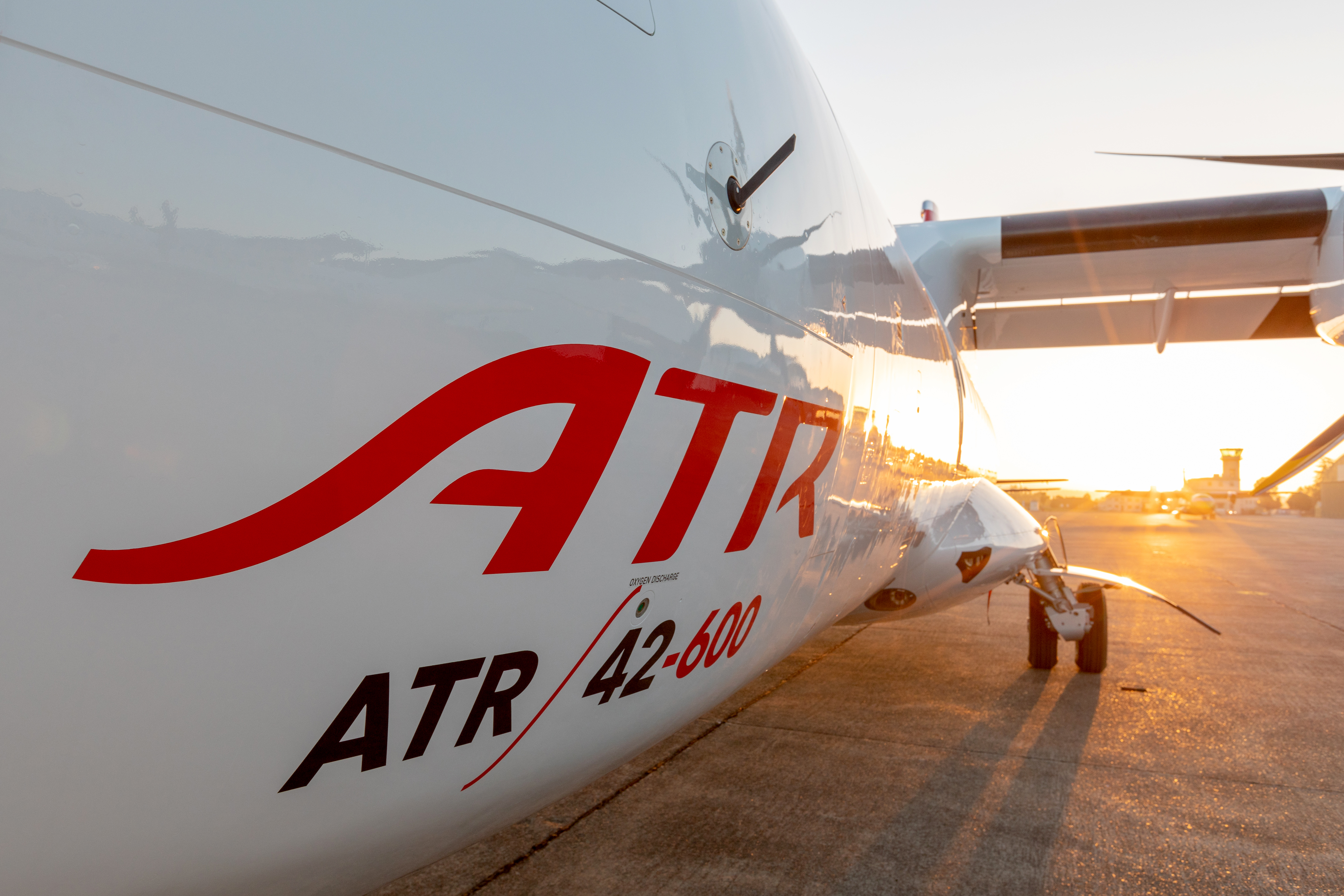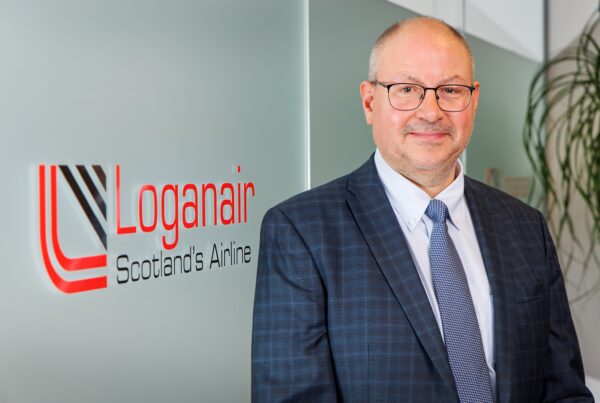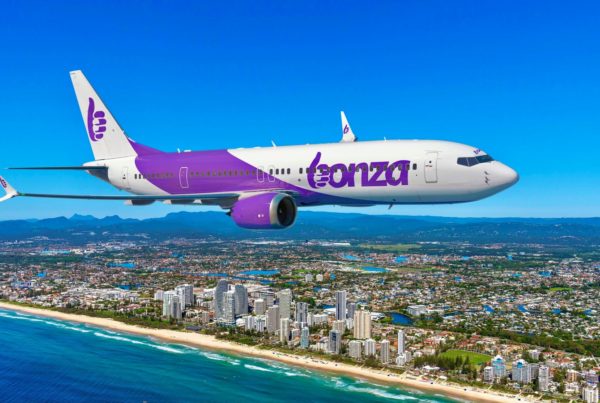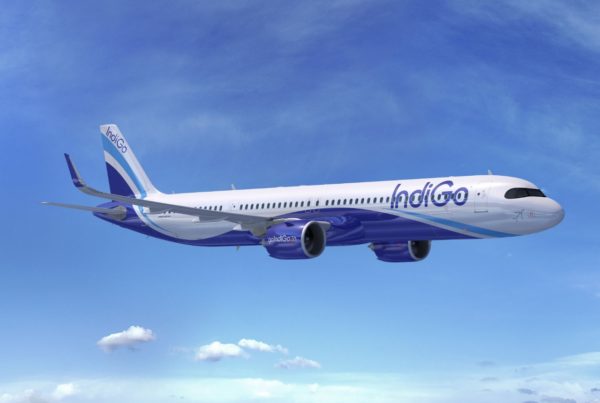ATR’s commercial market outlook, announced at the Paris Air Show, was a realistic, if modest, update.
Its newly appointed CEO, Nathalie Tarnaud Laude, outlined the airframe manufacturer’s plans for the next five years, noting its turboprop’s solid market appeal and upward growth trajectory.
Tarnaud Laude opened the briefing by acknowledging the challenges ATR has faced with its market growth, focusing on the supply chain of which the OEM foresees difficulties for the rest of 2023 and into the early part of 2024.
However, ATR outlined its main focus areas leading up to 2030. The first area focused on delivery. The CEO announced firm orders for 22 new aircraft, plus two options – closing in on the 26 orders made in 2022 – for the following airlines:
- 6 ATR 72-600 from Mandarin Airlines of Taiwan
- 2 ATR 72-600 ‘All Business Class’ premium configuration from Berjaya Air of Malaysia
- 3 ATR 72-600 from Azul Brazilian Airlines plus two options
- 8 ATR 72-600 from 3 undisclosed customers
- 3 ATR 42-600 from 2 undisclosed customers
Despite continuing supply chain constraints, it was claimed that ATR is still on track to reach its delivery target of more than 40 aircraft for 2023, reaching 50 by 2024 and 80 after 2025 (“the second half of the decade,” said Tarnaud Laude). ATR’s workforce is to increase by 12% to support the ramp-up in deliveries.
The second area focused on hybridisation – specifically, ATR’s EVO project, which the CEO confirmed was “looking to the future with confidence”.
“We’re in the process of doing a feasibility study, which the first responses will be studied by the end of 2023,” she said.
The decision to launch the project will be by 2025. When asked whether or not this project would be affected by supply chain delays, Tarnaud Laude firmly asserted that ATR would not budge on its 2030 final timeline for the launch of its EVO hybrid-electric turboprop.
“We are not changing our plans. That’s always the case that EVO would be launched in 2030.”
The matter of a future engine supplier for this programme was also raised, with a comparison to Embraer’s delayed turboprop to 2028 being noted and if this would, in turn, affect the EVO programme.
The CEO said the desire and wait for an engine was based on efficiency: “The idea is not to add another 5% [of CO2 reduction]. We want 20% reduced CO2 emissions compared to where we are today.”
“We haven’t changed our mind [in terms of an end date], but we need a little bit more time to make sure the choice of technologies we’re putting together are the right ones,” she asserted.










